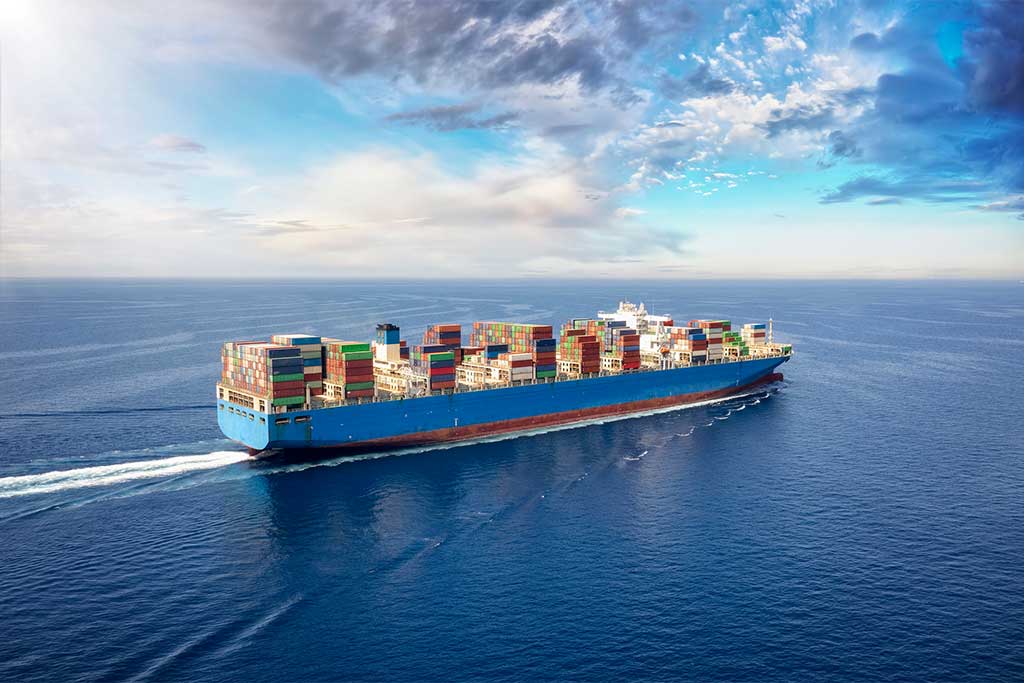
IESE Insight
Interest rates to remain high (hopefully)
In the 1955 film Mr. Arkadin, Orson Welles plays the role of a Russian tycoon who recounts the fable of the frog and the scorpion crossing the river. The scorpion cannot swim, and asks the frog to carry it, but the frog refuses, fearing the deadly sting. The scorpion argues that under no circumstances would it sting the frog, as that would mean death for both of them. The frog agrees and swims across the river. Halfway across, it feels a sting. “I can’t help it,” the scorpion replied. “It’s my character.”
Such behavior illustrates some aspects of the current world economy. The scorpion acts from pure emotion, or instinct, rather than from logic. Similarly, today we are seeing political decisions that spring from emotion and the desire to hold onto power, however detrimental these choices may be for society and the economy.
IESE Professor Jordi Gual made this point at a conference organized by IESE's Creand Entrepreneurship and Banking Chair, in which he reviewed the four disruptions that have marked the beginning of the current decade and two main emerging trends.
Four shocks disrupting the economy
COVID pandemic. From economic downturn and rapid recovery, to fluctuating supply and demand, production still has not fully returned to normal.
War in Ukraine. This war has enormous consequences for Europe: political, migratory and economic. The war is entering a phase of attrition, and it remains to be seen whether the Western coalition will maintain its support for Ukraine.
Energy crisis. The Russian war and problems from COVID drove the price of a barrel of oil up to $120. It is now around $87, but uncertainty is high, particularly in light of renewed conflict in Israel. Although the EU is less dependent on oil than 40 years ago, gas supplies are now also uncertain. If there is a silver lining, it is the speed with which Europe has responded to these shortfalls.
Inflation. Core inflation is the metric to watch, since it captures whether rising prices have been incorporated into contracts and expectations. Core inflation is currently around 6%, and we must remember that inflation is like toothpaste — easy to get out of the tube, much harder to put back in. It can only be controlled with tight monetary policy, and even the European Central Bank (ECB) has acknowledged that it underestimated the sharp expansion of money in 2020.
For Gual, the rise in interest rates by four percentage points in one year is unusual, but so were the negative rates before. And considering that inflation is at 6%, the real rate is still negative. Some will argue that the most important factor is expected inflation, but is there really any certainty that inflation will come down any time soon?
Gual believes that rates should not go higher, but neither should they go lower; ideally, they should stay around 4% or 5% for a while. Market movements suggest there is confidence they will come down in the next few quarters, but central banks insist that this isn’t necessarily the case. Markets have been consistently wrong on predicting this issue since 2004.
The changing financial cycle
The current tightening financial cycle is the result of the previous expansionary cycle. How long can we expect this to last?
Gual points out that the last time the United States raised interest rates significantly was in 2004: also 400 basis points, but over two years. Rates remained high for another year, until the 2007 crisis.
The effects of restrictive financial policy take about 18-24 months to be felt, meaning we are only now seeing these effects in production pipelines. Gual predicts a slowdown for the U.S. economy: not necessarily on the scale of 15 years ago, but probably a few quarters’ drop in growth.
The IMF is confident that there will be a soft landing, with the United States shifting from 2.1% GDP growth in 2023 to 1.5% in 2024, and the European Union even experiencing a slight increase (from 0.7% to 1.2%).
Gual warns that the worst scenario would be fiscal dominance, where interest rates are lowered too soon and inflation is tolerated as it reduces government debt. Like the scorpion, fiscal and monetary authorities can be driven by emotion and political expediency, even if it harms the financial stability of states and economies.
The rise of protectionism
Although the relationship between the loss of industrial production in the United States and the rise of free trade is unclear, former U.S. President Donald Trump initiated the trade war with China that his successor, Joe Biden, has continued and extended to Europe with the Inflation Reduction Act and subsidies to U.S. companies. In trade policy, political interests — the character of the scorpion — once again eclipse economic logic.
The Chinese government is also putting its ideology before the long-term interests of its country and has abandoned the path of liberalization initiated by its predecessors. According to IMF predictions, growth in China will fall from 5% in 2023 to 4.2% in 2024.
Companies should review how all these global phenomena affect them, Gual concludes. Don’t rest on your laurels until trouble comes calling. Just consider the case of President Biden, whose expectations of a quiet presidency in the Middle East were ripped to shreds in one weekend.
